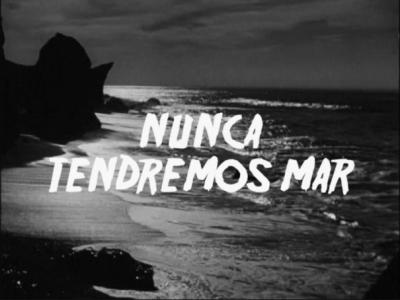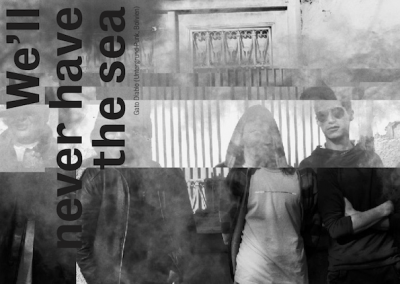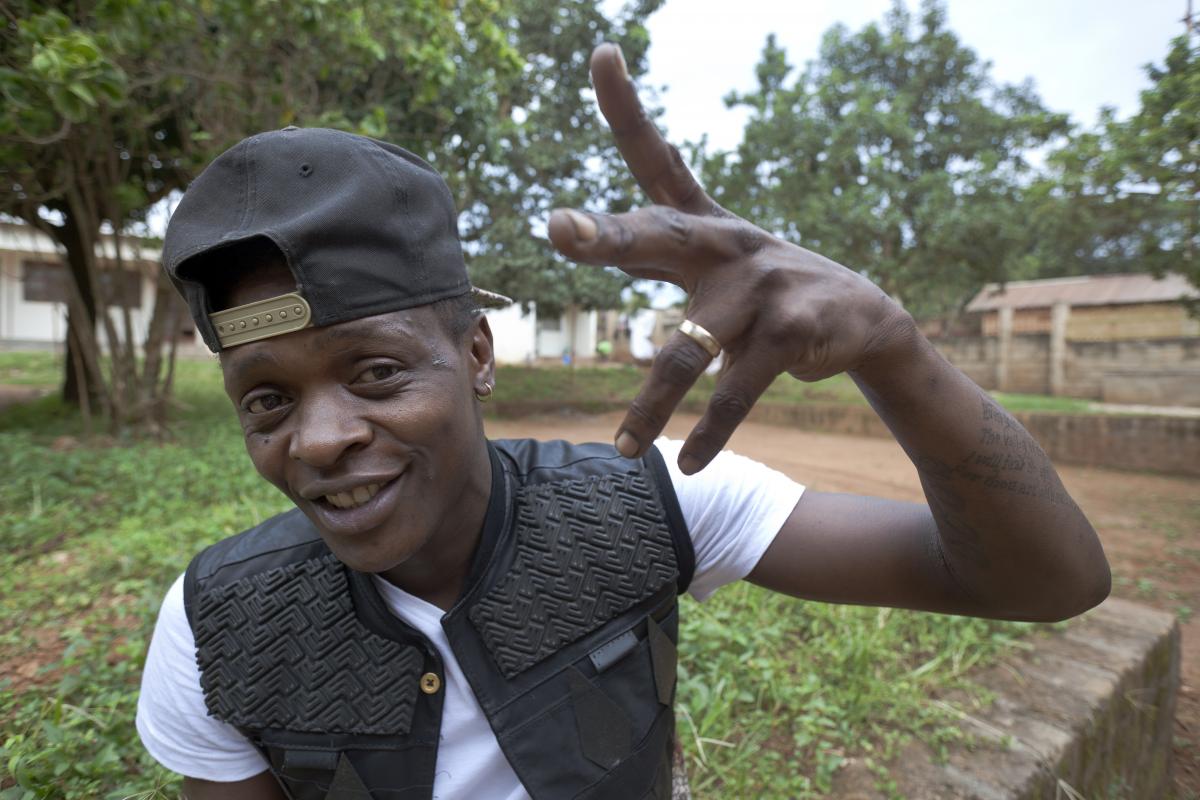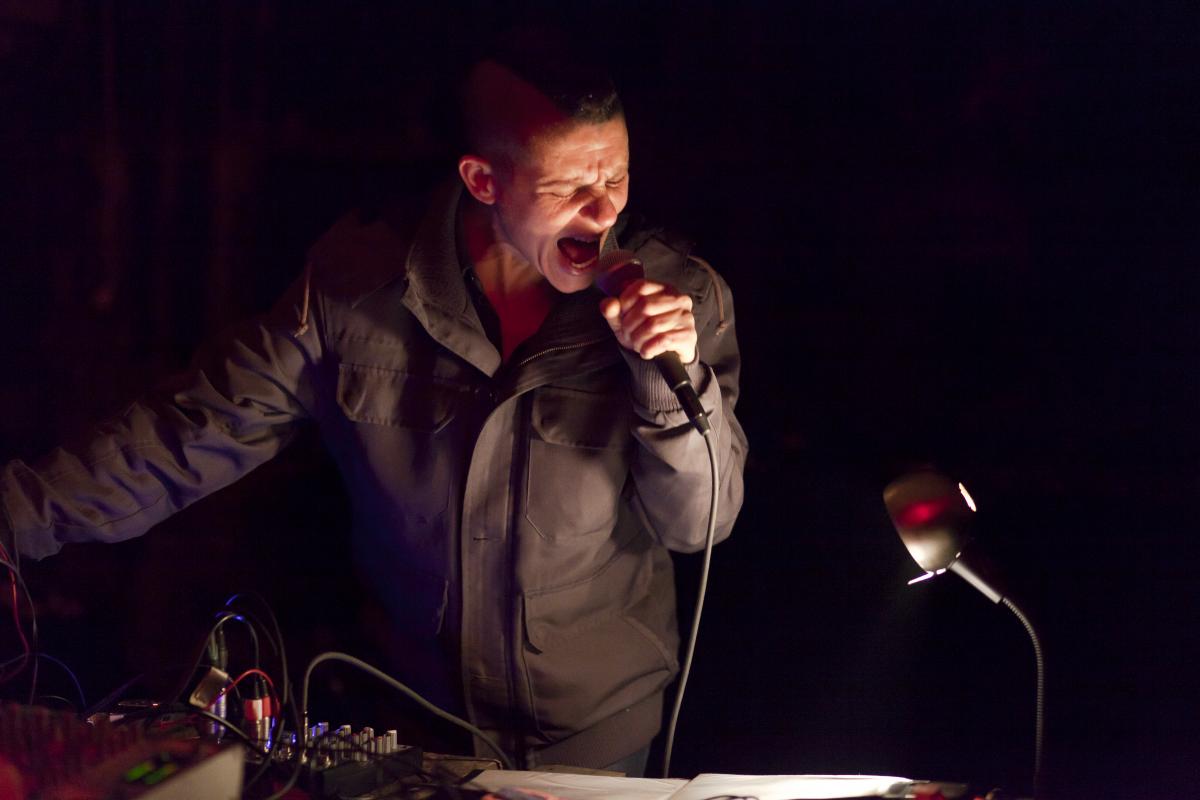
Noise and Radio Art from Israel
Not many performers reach the intensity, harshness and nastiness of Israeli sound and noise artist and activist Meira Asher. Norient met her to talk about her main topic «reducing militarism». An edited version of this article was published in the Norient book Seismographic Sounds (see and order here).
[Thomas Burkhalter]: Meira Asher, what do you search for sound-wise with your voice, sounds and noises?
[Meira Asher]: Difficult question. Sometimes we don't know what we are searching for. We just release it. I have been working on one subject mainly in the last years – a subject with many sub-subjects.
[TB]: What would that subject be?
[MA]: Children in militarized societies. I have been working on it from different angles. With Infantry [2001] I based my work on research, reports and literature. With Face_WSLOT [2003-2006], I dived deeper, into the reality of female ex-child combatants, and I worked about the topic of war trauma. I still do so in a performance project with Eran Sachs, and with Israeli composer Yoni Niv – we worked about healing processes of PTSD [post-traumatic stress disorder] patients, documented during and right after World War I. I resulted in an open form image-movement-sound composition, performed with Tom Soloveitzik, Haggai Fershtman, and Denil Khaytin (hosted by the Musica Nova consort). Just now I released a new radio-art program, part of a series curated by Saout radio for Kunstradio. For this program I created a new piece called Refuse: Military 01, focusing on the Israeli military propaganda in high schools, as told by conscientious objector Noam Gur.
Podcast (Excerpts from the Interview)
[TB]: You talked about reducing militarism. To which extent can sound art or noise music play a role to reach this goal?
[MA]: Well, I wouldn't say music. This is about recorded media. This is about channeling the experience of people through non-compromised sound works. It goes beyond music. I do not believe that music by itself can do the job. You need to be active while you do your artwork. This is about transferring information. I think that once I'll finish part 06 or 07 for Refuse: Military I can project urgent themes contained in this problem. Spread it among the young who are about to join the army, to trigger their thoughts while being brainwashed at school.
[TB]: Do you target your media works and your performances to different people and audiences? I mean the radio works are far more accessible than your experiments with noise.
[MA]: Noise or experimental sound, is something that I have no decision about. It comes straight from my guts. This is something I have to do because that's something I love and I am. With the more composed pieces like One Blanket Lost about the trafficking of Nigerian girls to Europe, it is something different. There you sit and work with women, and they too take part in the creation. These pieces spread through different channels. I think in a broader way. I cannot channel everything through the art of noise – however, it is always present.

[TB]: So, with noise always creating its way, does it limit the amount of people that you reach?
[MA]: No. The people who need to be reached are reached, and thank you for that, Thomas. One thing I did in the very beginning was this song called «Daddy Came» [about incest]. Maybe that's an example of another way to do it. You create something very soft and beautiful and you talk about the most horrible, or the horrible – there is no most. The song kind of captured a lot of people and there were a lot of women that started talking about their own experiences of incest. Yes, that's a good example of when my creations were widely exposed, but listen, I mean to me the aesthetics of this piece are just not enough. I could not continue this way. It's hypocrite to just hide under something you don't fully like to do.
[TB]: The strategy should not be more important than the work itself?
[MA]: Yeah absolutely.
[TB]: You talk about intensity a lot. When I interviewed you in 1999 [read interview here] you argued that you try to make listeners experience torture, and even the holocaust. Is it really possible to go that far with sound, noise and intense performance?
[MA]: Absolutely it's possible, yes. Experience and learn. Sound carries one into the subconscious. [TB]: Is it like a goal? [MA]: It’s not a goal, no. It’s a way to reach some form of catalysis, because this is not only about the listener. This is about the shape formed by the communication of the sound source, the performer, the material channeled, and the listener. Less of a goal, but more the natural need to feedback experiences between humans.
Performance: Meira Asher and Eran Sachs (Short Excerpt)
Live at Klubi Zurich, 2014
[TB]: I spent a lot of time with musicians and sound artists in the Arab World [see books on Beirut and «Arab Avantgarde», and the Norient LP]. In more leftist circles in Europe they are often seen as victims of world politics and Israeli oppression. As an Israeli artist and activist you might be seen of belonging to the nation of the oppressor? Is it a delicate position being a sound artist and activist from Israel?
[MA]: You need to be delicate. To be precise, there is NO reason for someone like me living here unless I am here to do some meaningful work; to end the occupation, reduce militarism, and promote peace. Am I an Israeli artist? Do I see myself belonging to the nation of the oppressor? Am I from Israel or was I just born here, and due to the conflict circumstances managed to grow some serious thorns on my arse shooting me to all directions?
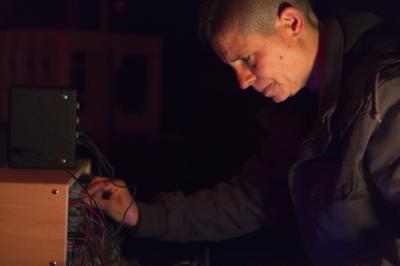
The interview had been conducted via Skype on 27.3.2014. This interview was published in an edited version in the second Norient book «Seismographic Sounds».
Biography
Shop

Published on September 17, 2015
Last updated on July 20, 2020
Topics
Why New Yorks’ underground doesn’t give a fuck about Trump or why satirical rap in Pakistan can be life threatening.
About Tunisian rappers risking their life to criticize politics and musicians affirming 21st century misery in order to push it into its dissolution.
Does a crematorium really have worst sounds in the world? Is there a sound free of any symbolic meaning?
From linguistic violence in grime, physical violence against artists at the Turkish Gezi protests, and violence propagation in South African gangster rap.
How does Syrian death metal sound in the midst of the civil war? Where is the border between political aesthetization and inappropriate exploitation of death?

